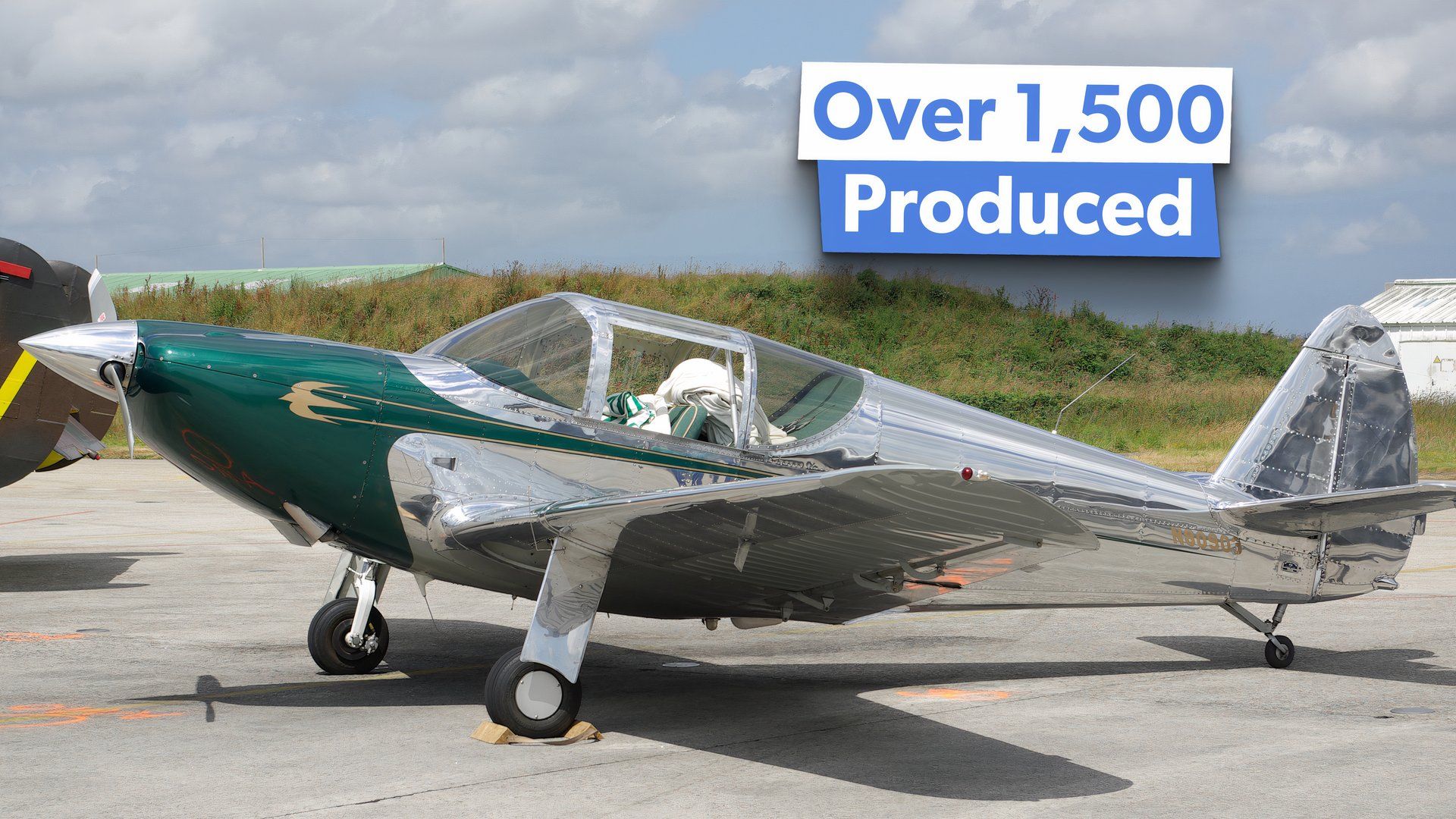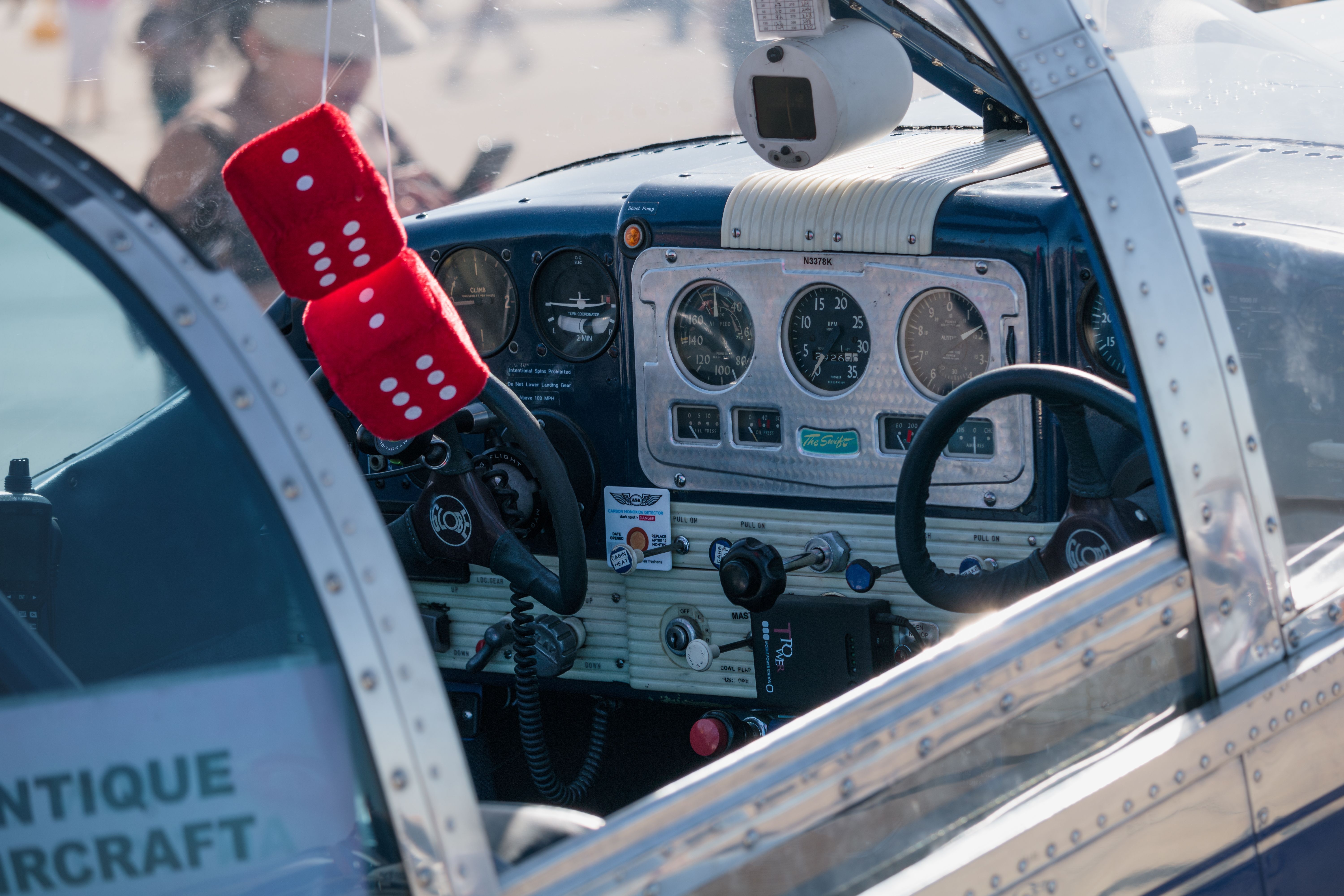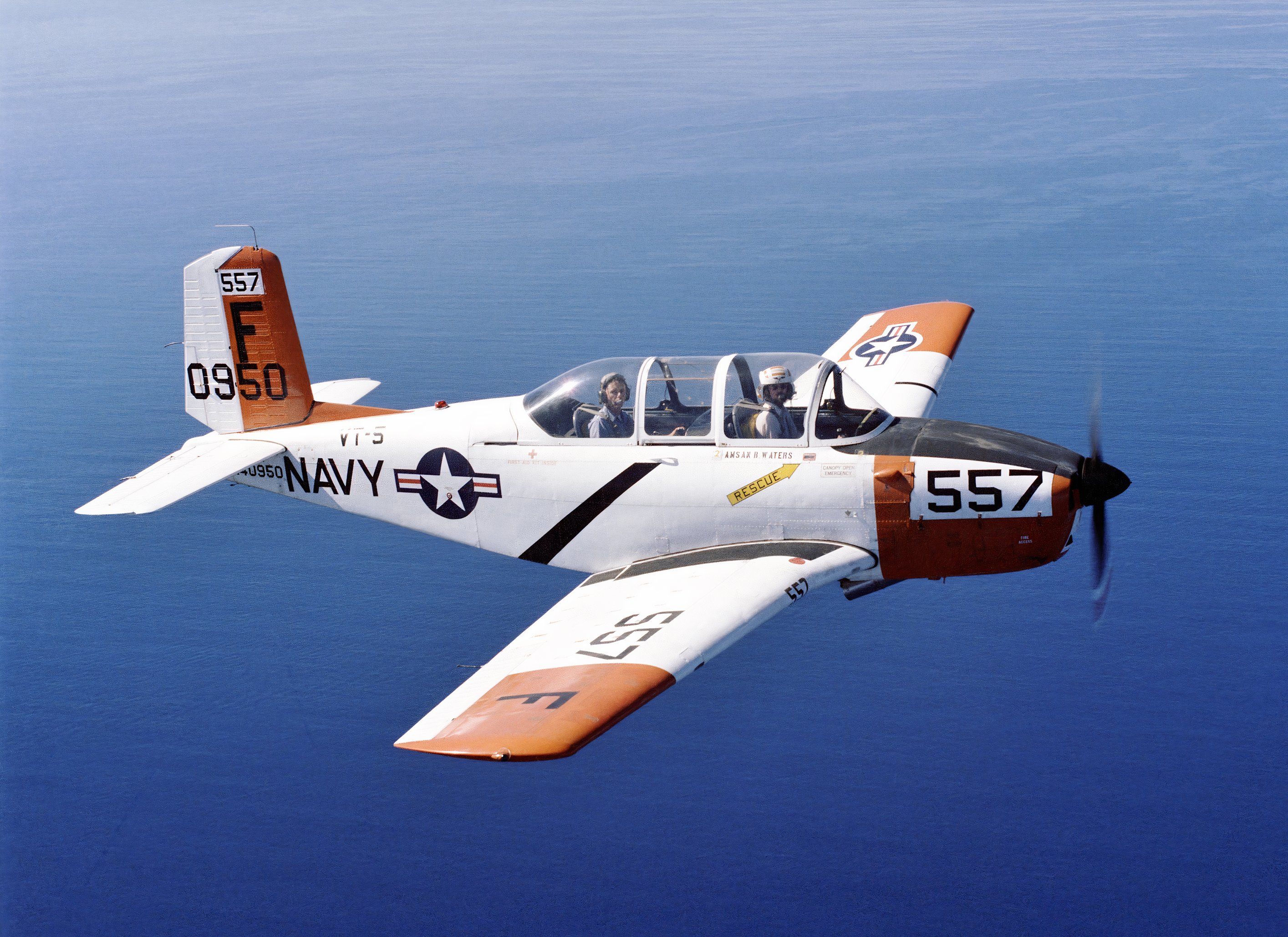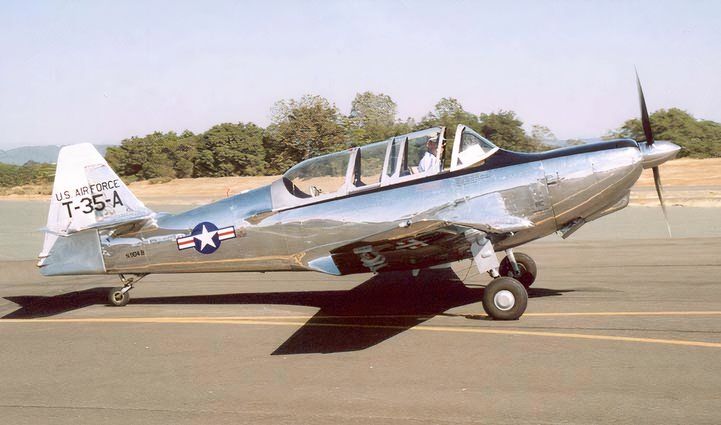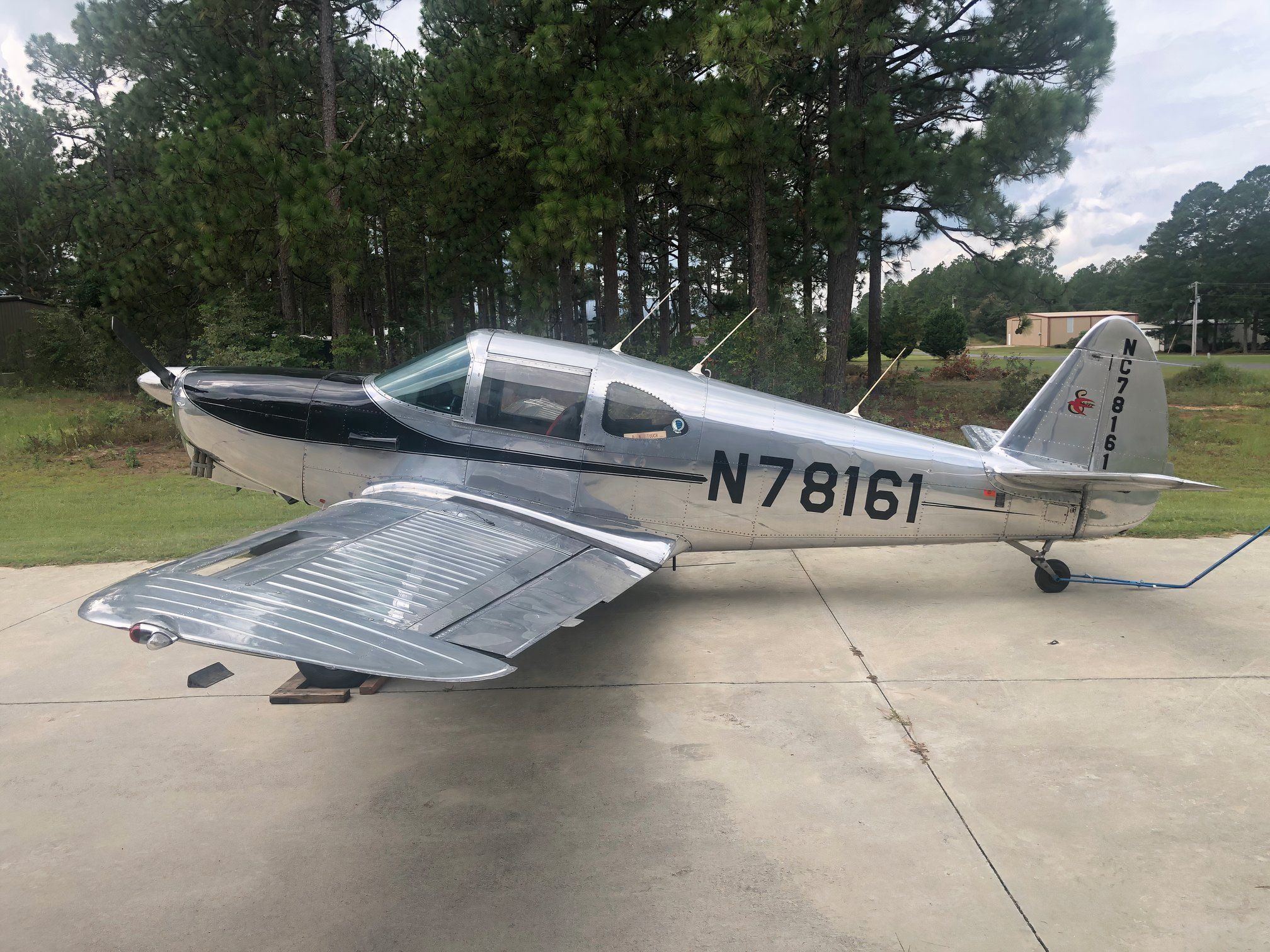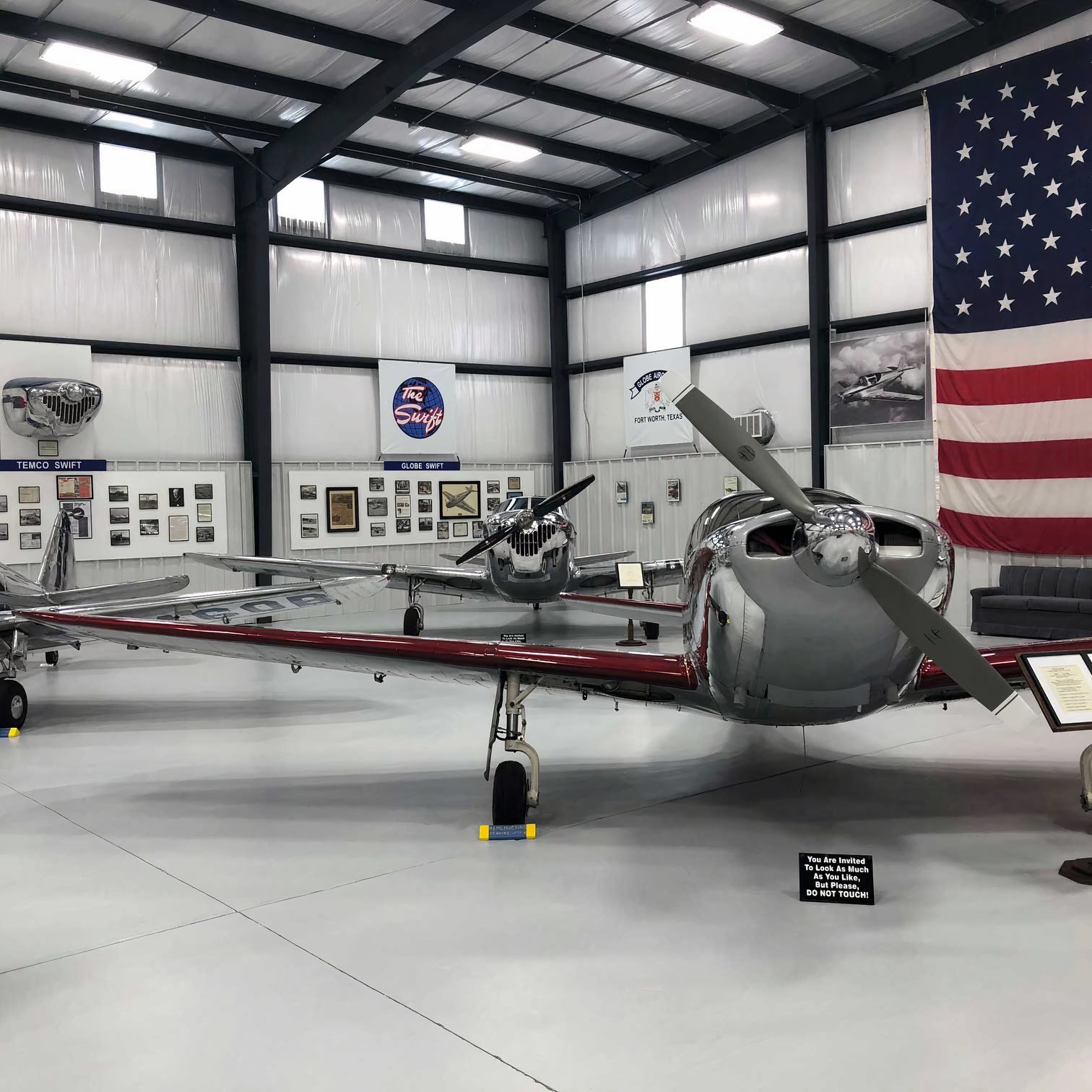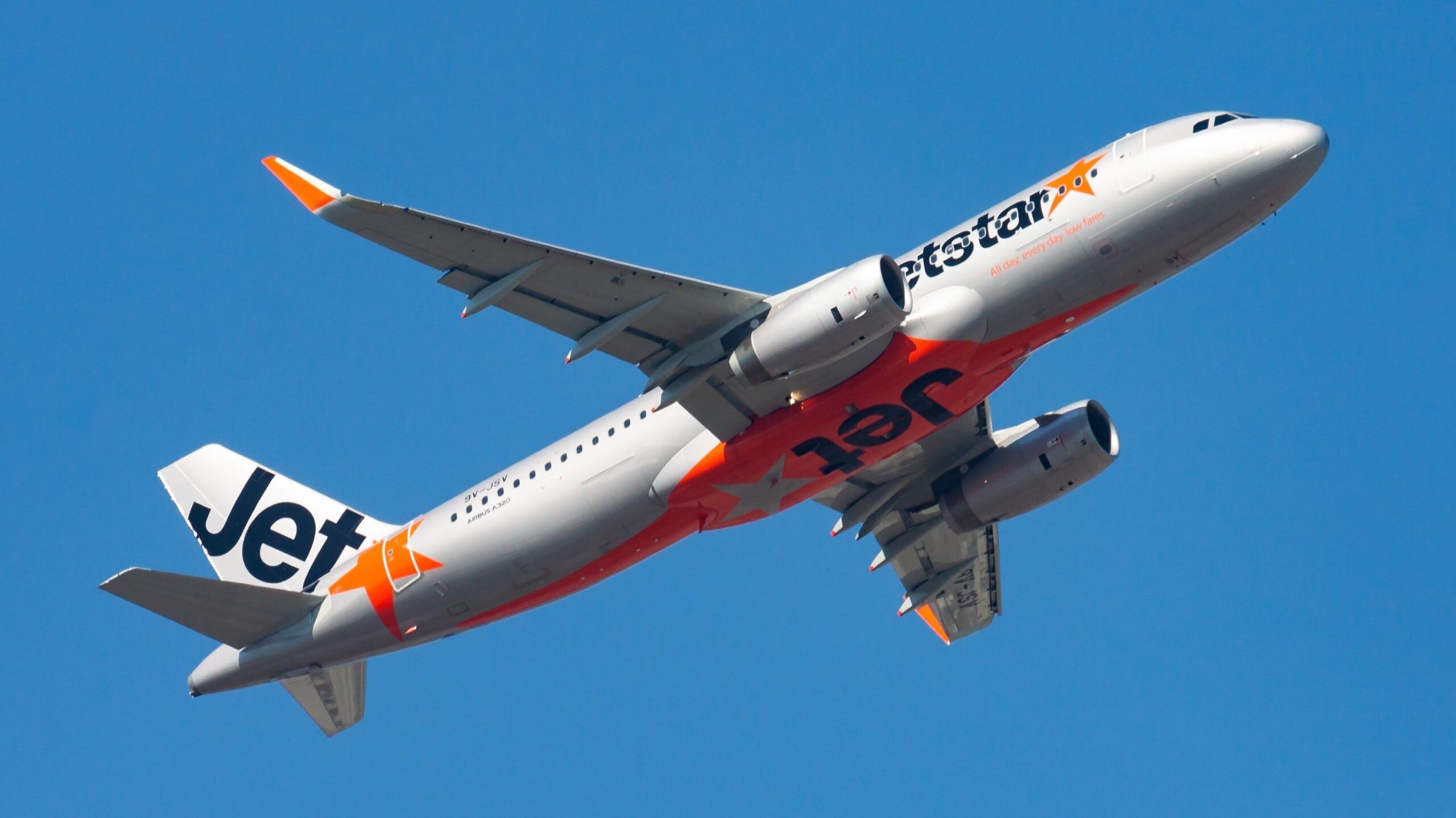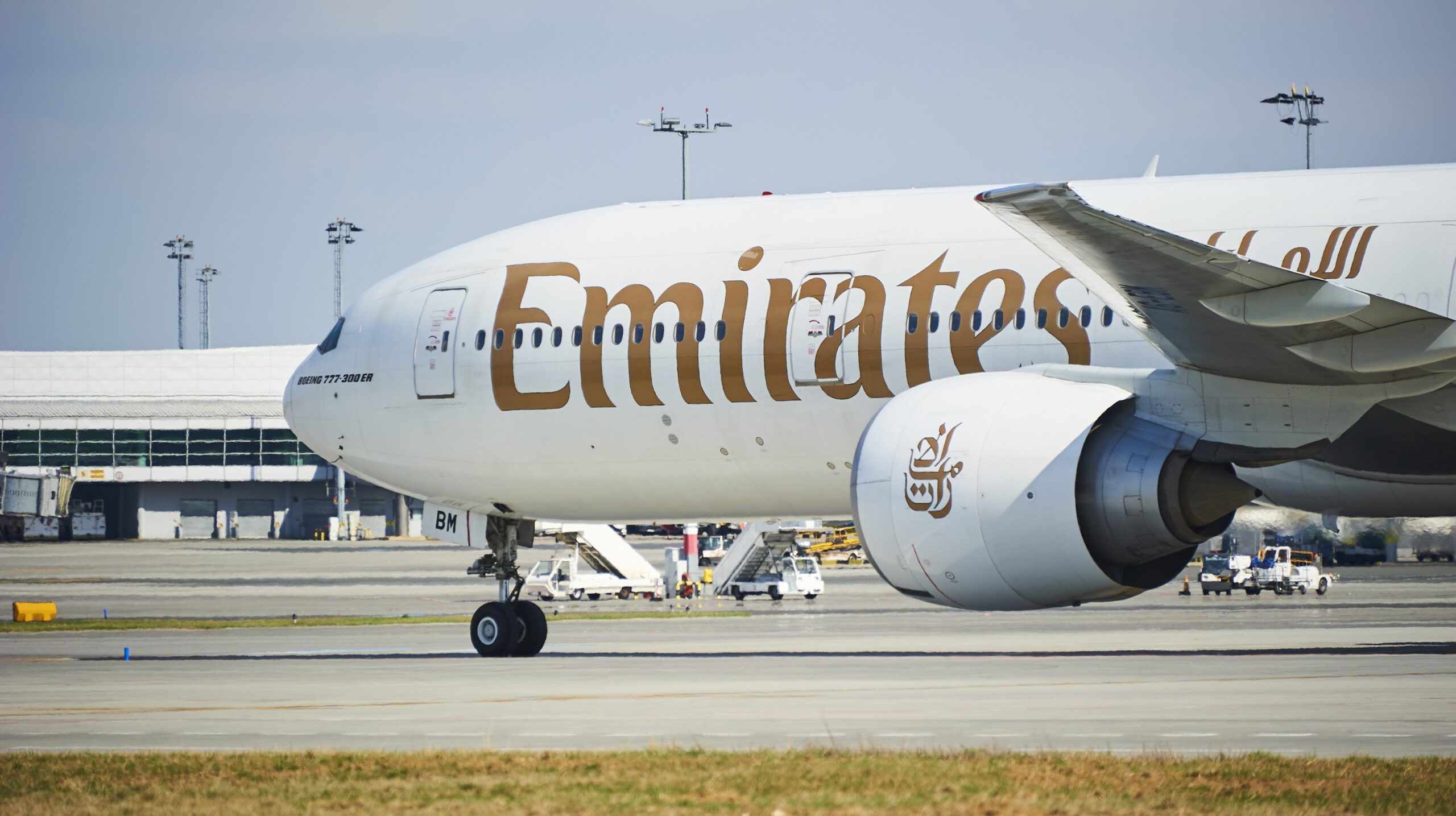Summary
- The Swift aircraft was a notable design from the 1940s. Its maximum speed at sea level was 240 km/h.
- Although Swift was considered a potential USAF trainer, Swift lost to the Beechcraft T-34 Mentor.
- The aircraft had a modified military version – the TE-1A – and one is offered for $55,000 as a vintage model.
The Swift aircraft was designed by RS “Pop” Johnson in 190. This historically significant aircraft, now considered a vintage classic, is no longer in production. Originally produced during World War II, the oldest airframes are nearly 80 years old, showcasing the lasting legacy of this iconic aircraft.
Some history
The financial backing for the design came from John Kennedy, president of the Globe Medicine Company, who established the Globe Aircraft Company to build the Swift. However, World War II disrupted their plans. The 85 hp (63 kW) GC-1A Swift, redesigned by KH “Bud” Knox and advertised as the “All Metal Swift,” received its type certificate on May 7, 1946.
Photo: Brandon Labine | Shutterstock
Two prototypes were initially built, and the design remained broadly consistent as it entered production. Globe Aircraft Company ultimately produced about 408 GC-1 s. In all its years of production, more than 1,500 units were manufactured. There were rumors that Swift was based on a Culver Cadet, which Kennedy always denied.
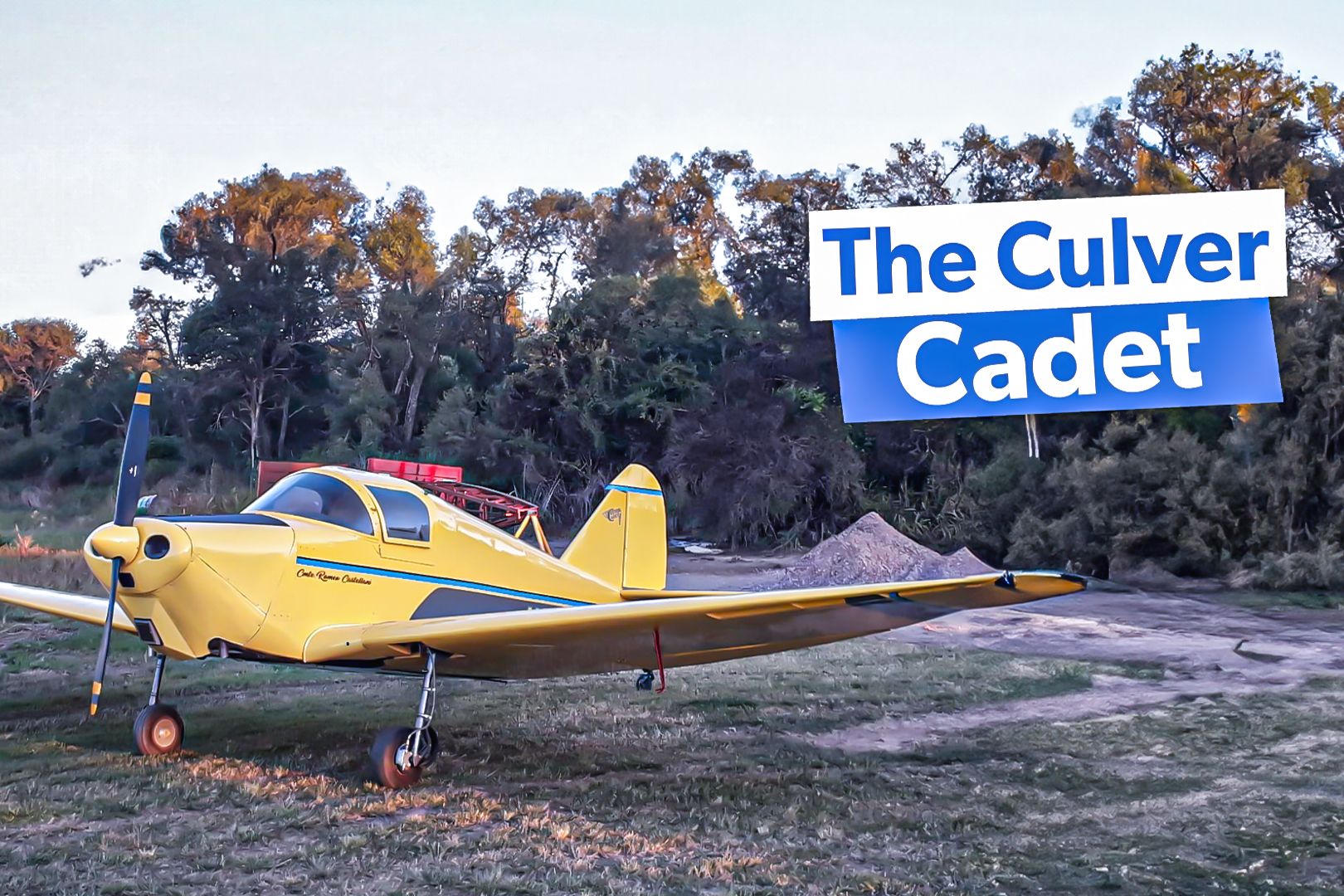
Related
Prior To Creating Mooney Aircraft: The Culver Cadet
Culver Aircraft Company only lasted from 1939 to 1946.
How did the aircraft perform
For an aircraft designed in the 1940s, it boasted impressive performance capabilities. With a maximum speed of 240 km/h (150 mph) at sea level and a cruise speed of 230 km/h (140 mph), it was pretty advanced for its time. When the flaps were deployed, the aircraft’s stall speed was 69 km/h (43 mph).
Its never exceed speed was notably higher, at 298 km/h (185 mp). The range was also considerable, reaching up to 680 km (420 miles), and it could service up to 4,900 meters (16,000 feet) at ceilings. The rate of climb was another strong point, at 5.1 m/s (1,000 feet per minute), making this aircraft remarkably performant for technology from the 1940s.

Related
5 Famous WWII Aircraft Carriers And Their Planes
Aircraft carriers and their planes helped shape World War II’s Pacific and Atlantic wars.
It almost became a USAF trainer
Aviation history enthusiasts will be familiar with the significant mobilization of the aviation industry from 1939 to 1945.
According to information from Pilotfriend.com, the TEMCO Globe Swift military trainer was a notable contender in the race to become the first post-war piston-engined military trainer.
After carefully considering the necessity of a piston trainer, the USAF concluded that a high-performance transitional aircraft was essential. Ultimately, the Swift was not chosen, and the Beechcraft T-34 Mentor took its place, eventually becoming a highly respected aircraft in military training.
Some modifications made it a military aircraft
Later, a specifically modified Globe aircraft for military use was developed, the first TE-1A, based on the Swift GC-B. It was hand-built according to rough layout drawings. It featured a tandem seating arrangement, resulting in a narrow windshield and an elongated two-piece canopy with a fixed bubble at the rear.
The TE-1A prototype was completed towards the end of 1948. Following initial flight tests, the original 125 hp (93 kW) installation was replaced with a more powerful 145 hp (108 kW) Continental engine.
Saudi Arabia acquired most TE-1Bs under the T-35A designation through the USAF’s Mutual Defense Aid Program. Temco’s agreement with the Saudis stipulated the delivery of ten T-35A aircraft and sufficient spare parts to ensure operational readiness for an extended period. The Saudi Arabian T-35A aircraft was equipped with two 30-caliber machine guns, one installed in each wing, and ten 2.75-inch rockets, with five mounted under each wing.
A lone Swift for sale
Most airframes have already been withdrawn, but it remains unclear if the original Globe Swifts are still airworthy today.
On June 24, 2024, a 1946 Globe Swift GC-1B aircraft is being offered for sale. Referred to as the “First Lady” of the Swift Association, this specific aircraft, with the registration number NC78161 and serial number 2161, has a total time airframe hours of 2500.
The engine time is 2530, with a since major overhaul (SMOH) of 110. Originally made airworthy in September 1946, this aircraft has a six-cylinder Continental C-145 engine producing 145 horsepower, upgraded from the original 125 HP engine. The engine has 2530 total hours and underwent a 1065-hour inspection with no reported leaks. It is reportedly for sale at $55,000.
Photo: Swift Museum Foundation
It has undergone an extensive annual inspection and is currently located in Aiken, South Carolina. The panel features older Nav/Comms, GPS, Transponders, upgraded main gear, and P-51-style gear doors. All engine and aircraft instruments are functional. The sale includes complete logs dating from its first test flight in 1946. It has been stored in the same South Carolina hangar since 1975, and a fresh annual inspection will be provided upon sale.
Efforts to preserve the aircraft
The status of the aircraft with the identifier NC78161 is still unknown. However, enthusiasts can view examples of these aircraft at various locations, one of the most notable being the National Air and Space Museum in the UA. Here, NC80518 is on display, suspended in one of the museum’s halls, allowing visitors to see it up close. There is also a museum run by the Swift Museum Foundation (which sells NC78161).
Photo: Swift Museum Foundation
It is at the McMinn County airport in Athens, Tennessee, and operates from 9 AM to 5 PM, Monday through Friday. Due to limited staffing, the museum advises potential visitors, especially those from distant areas, to contact it before their visit to confirm the availability of tour guides.
This institution is a tribute to the Swift aircraft, featuring an extensive collection that spans its history from its inception in 1946 to when production ceased in 1951. Notably, the museum showcases prototype #1, several production models, and modified Swifts, illustrating the evolution and advancements in design and technology over a brief yet significant period.
Additionally, the museum is home to two T-35 Buckaroo trainers, which are military adaptations of the Swift aircraft tested by the USAF in the early 1950s. Interestingly, one of these T-35s, an armed version donated by the Saudi Arabian Air Force, marks these aircraft’s global influence and usage.

